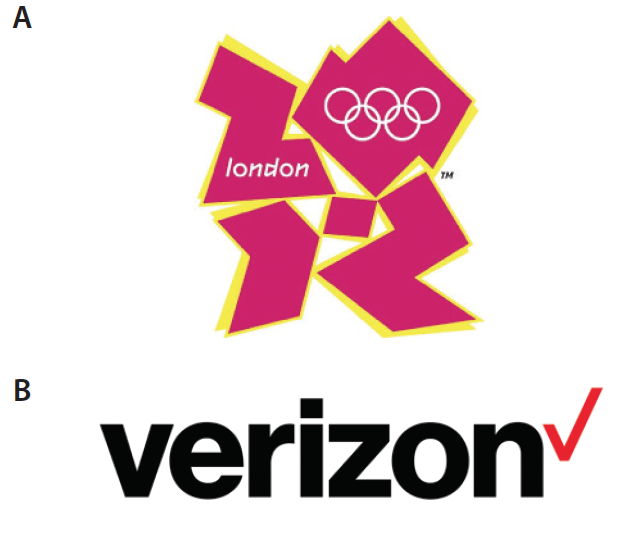
Everywhere we go, we are inundated by brands. With the rise of brands on social media, the prevalence of advertising, and the use of ads to monetize everything we see online, traditional marketing is nearly impossible to escape.
It is estimated that 2.5 exabytes of information are created online every day (that’s the size of 250,000 Libraries of Congress). And because we are attached to our smartphones at the hip, even our living rooms are becoming more like Times Square.
In an age when a majority of patients research their physicians online before scheduling an appointment or coming in for a visit, physicians need to take a hard strategic look at their brand and think about how they can stand out from the crowd. It is time to re-think brand strategy.
But what is the right approach to take? First, let’s look at some misconceptions about branding.
YOUR LOGO IS NOT A BRAND
The most common misconception when it comes to branding is that a brand is just a logo. When you think of some of the world’s best-known brands, such as Apple, Nike, or McDonalds, what comes to mind? Their logos.
This is normal. It’s how the human brain works; 80% of all information we consume is processed visually, so when we bring a certain organization to mind, we often think of a symbol (ie, logo) first. For these companies, their symbols have become so inextricably linked with their brand that they would be foolish to ditch that brand equity.
But that does not mean that a brand is a logo. The logo is a tremendously important aspect of your brand, but it is not your entire brand. Some brands, such as Nike or Apple, have memorable logos. Some brands’ logos are downright busy, while others are simple (Figure).

Figure. The logo for the 2012 Olympics, held in London, was a collection of fluorescent colors and sharp angles. One has to process the image to see that the concoction of shapes and colors makes out a “2012” in pink (A). The minimalism of Verizon’s logo may not evoke the same emotion as that of the London Olympics, a simplicity likely embedded in intention.
WHAT IS A BRAND?
The American Marketing Association defines a brand as a “name, term, sign, symbol, or design, or a combination of them intended to identify the goods and services of one seller or group of sellers and to differentiate them from those of other sellers.”
But I like to go a little further. I believe a brand is the sum of every interaction, or touchpoint, people have with your business, regardless of their relationship with your business.
By this definition, your logo is a part of your brand, as are your website, your name, your practice’s office, your staff, and even small factors such as the average time a patient has to wait before being seen for his or her appointment.
How you answer your phone? That is part of your brand. How your office looks? Also part of your brand. Your practice hasn’t tweeted in 9 months? That, too, is part of your brand.
Good branding isn’t about what colors your logo uses or how flashy your website is; it starts with patient experience, or how people feel when they interact with your business.
It is also important to note that good branding isn’t just for the benefit of your current patients. Under this definition of branding, your brand is affected by current patients, prospective patients, employees, vendors, and, yes, even complete outsiders. Portraying a consistent, reliable message to long-time patients and outsiders alike is an important part of good branding.
Whether you eat at McDonald’s daily or haven’t had fast food in 3 years, you have a relationship with the McDonald’s brand. And whether you have the newest iPhone 7 or use a prepaid GoPhone, you have a relationship with Apple, because you see the company in a certain way, regardless of whether you use its products or not. Big brands like McDonald’s and Apple understand this, and, as an optometrist, you should too.
WHY PRACTICE BRANDING IS IMPORTANT
If we define your practice’s brand as the sum of all touchpoints that patients and potential patients have with you, a more comprehensive approach is necessary. In branding, the name of the game is consistency.
If you want patients to have a good experience with you, your message and experience must be unwaveringly consistent across all touchpoints. There are several steps to ensuring that your brand is exceeding patient expectations and delivering a consistent experience.
First, consider who you are serving. If your practice focuses on identifying patients who could be good candidates for laser vision correction, you will likely want to focus your attention on a younger audience, most likely millennials. Consider their needs and desires when building your practice brand. Ask yourself what they want a doctor’s office to look and feel like, and how you can use technology to help them through a consultation.
If your practice caters to older generations who may seek advice on corneal inlays or cataract removal, the same considerations apply. Ask yourself if these patients will place a premium on human interaction over the ease of technology, and understand how you can train your office staff to educate patients on these procedures.

